Visual arts, performing arts and literary arts such as theatre, dance, painting, pottery, and music are weaved into the curriculum. The programme is designed and managed by professionals and skilled tutors in each area, creating the perfect platform for nurturing a holistic approach.
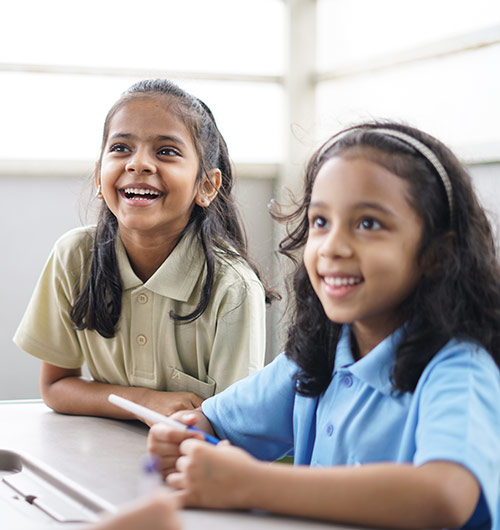
We wish to split the art and craft as two separate programmes to distinguish it from the in-school programme where children will do both as part of one class. This is to give children an opportunity to delve deeply in either of the mediums. We have noticed that children who like doing craft are not necessarily interested in doing art as well and vice-versa.
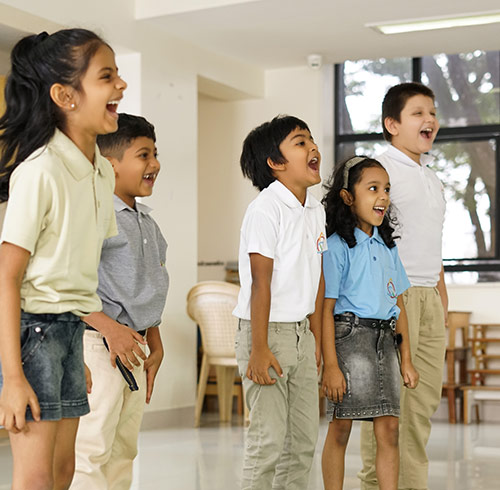
The after- school programme will look at form-specific training in movement since different types of movement will be introduced during the in-school programme (classical, contemporary, western, hip-hop, Bollywood, etc.). Structured and unstructured movement can be very different from each other and can enable a child in different ways. Hence, we want to introduce classical as well as contemporary dance.

Exposure and training in music includes vocal training and instrumental music training. This can be further sub-divided into Western and Indian traditions of music.
Through year 1 we will also have the facilitator expose the children to different instruments alongside vocal training, so by year 2 we are able to decide what instruments we can introduce to the children and consider starting a separate module/course on a specific instrument. Since instrument training requires infrastructure, we need to assess interest and demand before we start offering the course.

This will include reading, story-telling/writing, creative writing, poetry reading and writing, speaking, elocution, debate and so on.
Year 1 we will focus on creative writing and reading.
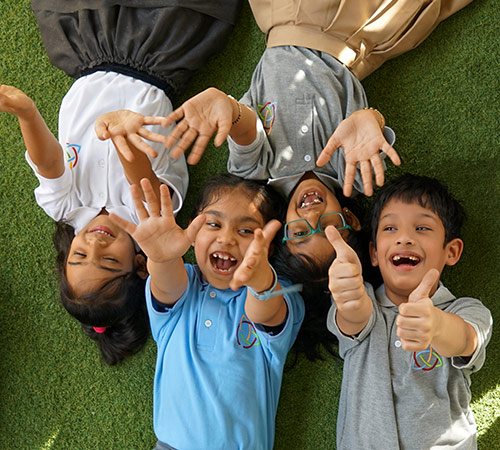
In Year 1, we want to start with the basics of photography with brief modules in digital art. Introducing photography with the perspective of observation, connecting to things around, capturing the moment, documenting, and making memories is critical to the discipline of photography and for them to understand the use of photos and the medium as an art form. Art is not just about paper and paints. With increased access to needed tools, it is a must that we begin this course, given the popularity of digital illustrators, graphic designers and animators. In Year 1, basic tools and techniques will be introduced through small modules.
In the coming years, emerging media will include videos and film making as well.
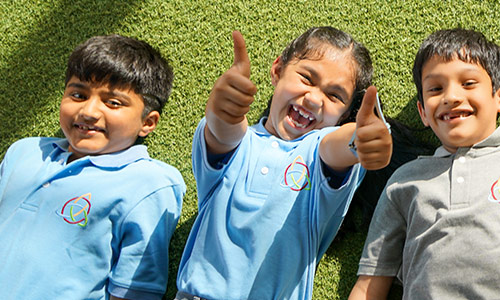
Theatre for children is a specific kind of engagement with the theatre medium. It is known to be very impactful to communicate a message and help children understand many value systems and concepts. This curriculum will include watching plays, doing plays, introducing them to a theatre space, understanding theatre, and engaging with activities in many different ways. Training to be an actor is not the motive of this curriculum, but will be incidental to the wide exposure the child will have with this engagement.
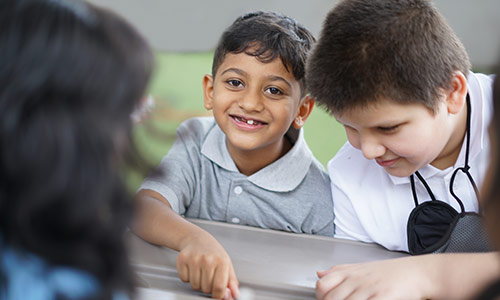
Yakshagana training is rare and is a form that has many skill sets involved. It includes theatre, movement, music, rhythm, playing characters, story-telling, design (makeup and costume), exposure to traditional stories, and can give space for creative expression and individual voice within them. Above all, it is a form that originates in Karnataka. As children are already exposed to the cosmopolitan side of the state, introducing this will help children understand the language of the land, build a sense of community and connect with the local culture.
Connect with us to know more about the School and the Admission Process
For Careers, write to us at
careers@tenbroeckacademy.com
For Admission Enquiries,
enquiry@tenbroeckacademy.com
No. 1/ 1-1, B.P Wadia Road, Basavangudi, Bangalore - 560004
© 2025 Tenbroeck Academy | Privacy Policy | Designed by DigiGro

No. 1/ 1-1, B.P Wadia Road, Basavangudi, Bangalore – 560004